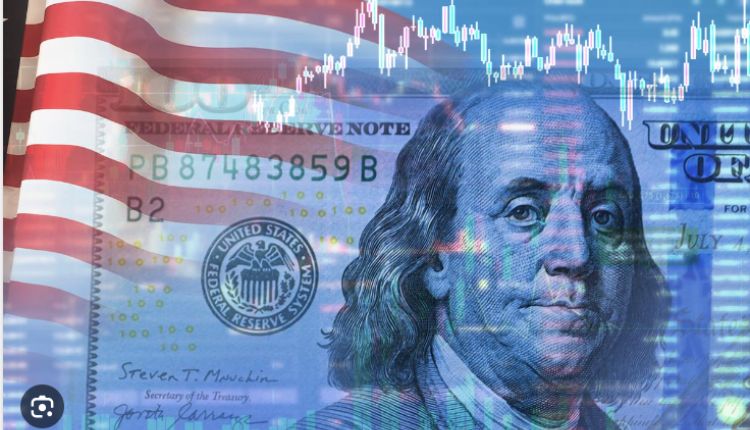Introduction:
The US Dollar Index (USDX) is a significant financial benchmark that measures the value of the United States dollar (USD) against a basket of major currencies. It provides crucial insights into the strength and performance of the USD in global markets. This article aims to delve into the intricacies of the US Dollar Index, its calculation methodology, its impact on various sectors, and its role as a crucial barometer of economic stability. By understanding the US Dollar Index, investors, traders, and economists can make informed decisions and navigate the complex world of international finance more effectively.
I. The US Dollar Index:
Calculation and Components (400 words) The US Dollar Index was introduced in 1973 and is maintained by Intercontinental Exchange (ICE). It is computed by using a weighted geometric mean of six major currencies: euro (EUR), Japanese yen (JPY), British pound (GBP), Canadian dollar (CAD), Swedish krona (SEK), and Swiss franc (CHF). Each currency in the index is assigned a specific weight, with the euro being the most heavily weighted component. The index is calculated as a ratio of the current value of the USD to its value at the base period, which is 1973.
II. The Significance Of The US Dollar Index
The US Dollar Index plays a vital role in financial markets, impacting various sectors and influencing investment decisions worldwide. Firstly, it serves as a benchmark for evaluating the performance of other currencies. A strengthening USDX generally implies a weaker basket currency and vice versa. This relationship helps traders and investors gauge the relative strength of different currencies and make informed currency trading decisions.
Secondly, the US Dollar Index affects global commodity prices, particularly commodities denominated in USD, such as gold, oil, and industrial metals. A stronger USD usually leads to lower commodity prices since it takes fewer dollars to purchase the same quantity of goods. Conversely, a weaker USD tends to push commodity prices higher, as more dollars are required to acquire the same amount.
III. Impact Of The US Dollar Index On Global Economy
The US Dollar Index has far-reaching implications for the global economy. A strong dollar can make exports from other countries more expensive, potentially hurting their competitiveness in international markets. On the other hand, a weak USD can boost exports for countries with currencies linked to the index, as their goods become relatively cheaper.
Furthermore, the US Dollar Index influences international capital flows. Investors often seek safety in US dollar-denominated assets during times of global economic uncertainty, leading to increased demand for the currency. This capital influx can impact interest rates, bond yields, and stock market performance, both in the United States and abroad.
Conclusion
In conclusion, the US Dollar Index serves as a vital tool for understanding the relative strength and performance of the US dollar in global financial markets. Its calculation methodology, the basket of currencies, and its widespread use make it an indispensable reference point for investors, traders, and policymakers worldwide. By monitoring the USDX, stakeholders can make informed decisions and anticipate potential impacts on various sectors, including currency exchange rates, commodity prices, and international trade. Understanding the US Dollar Index is essential for navigating the complexities of the global economy.
FAQs:
- How does the US Dollar Index impact currency traders? The US Dollar Index provides currency traders with valuable insights into the relative strength of the US dollar against major currencies. Traders can use this information to assess currency pairs and make informed trading decisions based on the strength or weakness of the USD.
- Can the US Dollar Index predict economic crises? While the US Dollar Index is an important indicator, it cannot predict economic crises on its own. However, it can provide valuable information about the overall stability and sentiment in global financial markets, which can be helpful in assessing potential risks and vulnerabilities.

